Start clearing more space on your plate for fat, because the latest fad diet is on its way to American shores, direct from our friends in South Africa.
On a recent trip to Cape Town, South Africa, I kept hearing about the Banting Diet from locals who were shocked to learn I didn’t even know it existed! So I decided to do a little digging while I was there. Well-known in South Africa but virtually unheard of here, the Banting Diet is named for William Banting, an obese British undertaker. In the mid-1800s, his physician proposed a “radical” eating plan, high in fat and low in carbohydrates, that resulted in remarkable weight loss.
But first, some background: fat was not always considered a diet enemy.
In the book Fats That Heal, Fats That Kill, author Udo Erasmus explains just why the body cannot function properly without fatty acids such as those found in fish and flax oils. He even goes to bat (to a degree) for saturated fats, reminding readers that these natural fats are utilized by the body for fuel and as building blocks in important structures such as cell membranes.
In fact, a low-carbohydrate, high-fat diet was advocated by most major European and North American medical schools. By 1959, however, it was excluded from all of the major medical and nutritional textbooks. Over the course of diet plan history, fat became vilified. Eventually, the average American, majorly influenced by grain producers and the USDA Dietary Guidelines from the late 1970s through the 1990s, came to avoid fat at all costs. Remember the Food Pyramid?
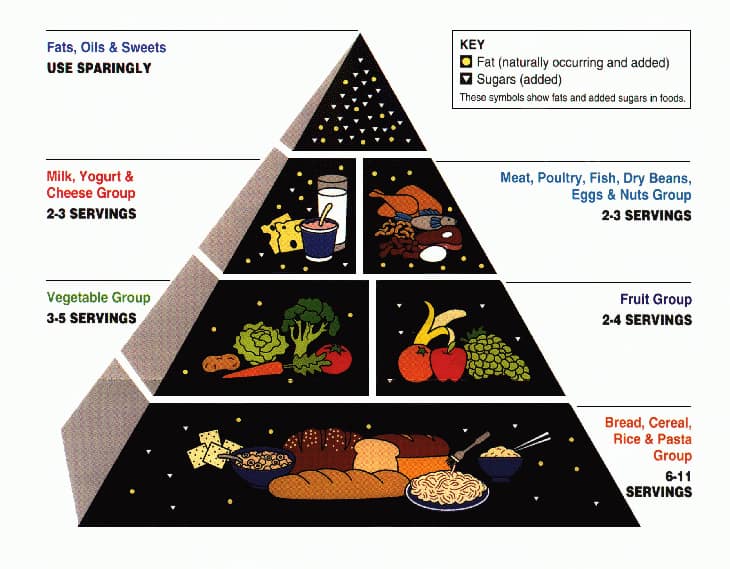 In more recent years, high-protein diets, such as the Atkins Diet and the South Beach Diet, became all the rage. They gained in popularity because of the rapid, short-term weight loss that so many people experienced. However, due to their high protein to carbohydrate and fat ratios, we are discovering that these types of diets can result in nutritional deficiencies, loss of bone calcium, impaired kidney function, and increased risk of diverticulosis and colon cancer, among other problems. Perhaps the lesson here is that a diet that exaggerates any macronutrient, or that is out of balance in some way, will cause problems.
In more recent years, high-protein diets, such as the Atkins Diet and the South Beach Diet, became all the rage. They gained in popularity because of the rapid, short-term weight loss that so many people experienced. However, due to their high protein to carbohydrate and fat ratios, we are discovering that these types of diets can result in nutritional deficiencies, loss of bone calcium, impaired kidney function, and increased risk of diverticulosis and colon cancer, among other problems. Perhaps the lesson here is that a diet that exaggerates any macronutrient, or that is out of balance in some way, will cause problems.
Well, the wheels have turned again and science has re-discovered both the importance and the necessity of fat in our diets. Not just high protein—sorry, Paleos, nice try. Not only vegetables—apologies, vegetarians. Fat-free diet? Non-fat chance!
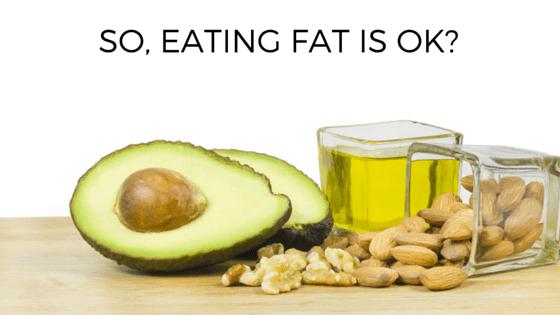
So…Eating a Bunch of Fat Is Ok?
Consuming healthy fats (both animal and plant-based) is extremely important, and the lesson bears repeating. In fact, every month I give a public lecture at my own clinic to try to undo the decades of misleading marketing against fat that have taken root in our subconscious minds.
However, “fat-shaming” of food still has a hold on the average American. For too many years, “low-fat” was synonymous with “healthy.” Butter was the enemy and sugar-laden, processed, fat-free snacks were dieters’ friends for many, many years.
According to the Harvard Medical School-affiliated Josling Diabetes Center, the ideal ratio of macronutrients is 40:30:30 (40 percent carbohydrates, 30 percent protein, 30 percent fat). Many Paleo diet supporters, such as Dr. Jaminet of Perfect Health Diet, advocate a 20:65:15 ratio. And the arguments regarding “the perfect ratio” go on…
No matter which ratio experts think is best, one thing is clear: we’re not eating enough healthy fats, and we are eating too many carbohydrates. The average American diet consists of 49 percent carbohydrates, 5.5 percent protein, 34 percent fat (49:5.5:34). Of that food, an overwhelming portion of it is processed, filled with sugar and sodium, and lacking whole nutrition. In fact, a new study conducted by the University of North Carolina-Chapel Hill found that people in the U.S. get 60 percent of their calories from processed food.
Therefore, it’s important to make it a priority to get healthy fat (and protein) with every meal while reducing overall intake of processed carbohydrates. To better understand the critical role of fat, read Good Calories, Bad Calories by Gary Taubes.
Is Banting the Answer?
According to the authors of the most popular book on the Banting Diet in South Africa, The Real Meal Revolution, William Banting “merely discovered what human beings were designed to eat: what early humans ate 200,000 years ago.” They go on to note that “of the three macronutrients in our diet (protein, fat and carbohydrates), only carbohydrates are non-essential for human life. While we need a constant supply of glucose, it can be produced by the liver from fat and protein and doesn’t need to be ingested as carbohydrate in our diets.”
It was this claim regarding carbohydrates that got my attention.
The bottom line is you cannot live without carbohydrates. Your body breaks down carbohydrates into smaller units of sugar and transports them through your blood to tissues and organs, where they are put to use for energy. Glucose, one of the sugars that carbohydrates break down into, is essential for your central nervous system (i.e., your brain and spinal cord). However, you can live without refined carbohydrates such as sugar and grains. (I’m talking to you, chocolate-chip cookies and Wonder Bread!) Refined carbs are stripped of the essential vitamins and minerals necessary for health.
The claim that you can live without carbohydrates led me to get my hands on a physical copy of The Real Meal Revolution while I was in South Africa. (It won’t be available in the U.S. until May 2016.) Inside, I discovered that vegetables are on the “Green List,” aka the “all-you-can-eat list” of the Banting Diet:
VEGETABLES
- All green leafy vegetables (spinach, cabbage, lettuces, etc.)
- Any other vegetables grown above the ground (except butternut)
- Artichoke hearts
- Asparagus
- Aubergines
- Avocados
- Broccoli
- Brussels sprouts
- Cabbage
- Cauliflower
- Celery
- Courgettes
- Leeks
- Mushrooms
- Olives
- Onions
- Peppers
- Pumpkin
- Radishes
- Sauerkraut
- Spring onions
- Tomatoes
Vegetables contain carbohydrates. So the Banting Diet does indeed advocate eating carbohydrates—but stresses the importance of not overdoing it. Vegetables make sense because they’re not refined into pure carbs. If grown on healthy soil, they provide essential nutrients.
So, if I need protein, fats, and carbohydrates, how much of each macronutrient should I eat?
My nutrition clients at Strong On Health ask me this question daily, yet there is no one size fits all rule. It’s important to remember that it’s possible to go overboard on fats (or proteins or carbohydrates). Fat should not be consumed with abandon just because it’s no longer considered unhealthy. It’s also unhealthy to not pay attention to your overall balance.
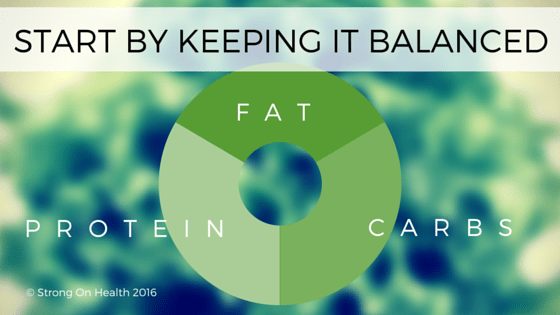
The short answer I give my clients is to start by eating each naturally occurring macronutrient in equal ratios (30:30:30) for a baseline balance, and then determine what ratio works for you as an individual. What is exponentially more important, however, is the quality of the food you eat. Striving for a whole food diet (whole grains, whole vegetables, fruits and legumes, fatty fish, raw milk, organ meats, nuts and seeds, etc.) should be your first goal. Find out more about these foods in Healthy 4 Life: Dietary Guidelines from the Weston A. Price Foundation.
The Bottom Line
Recognize hype and what follows it as just that—hype. What you put in your body is an important decision. Don’t allow yourself to make it based on what worked for one person, what the current fad is, or what someone else heard. When “the next big health thing” comes along, following these few simple steps can help keep you on the right track:
- Avoid getting swept up in new diet mania.
- Do your research.
- Learn what you need as an individual.
- Strive for balance.
Food should be enjoyable as well as nourishing. A moderate, balanced approach will not only take the stress out of eating, but it will also give you the opportunity to feel satisfied without bringing a calculator to the dinner table. Eat up. Keep it balanced. Enjoy.
Sources:
- Fallon S. and Enig, M. “The Skinny on Fats.” January 2000. The Weston A. Price Foundation.
- Noakes, T., Proudfoot, J., Creed, S. & Greer, D. The Real Meal Revolution: The Radical, Sustainable Approach to Healthy Eating. November 2013. Quivertree Publications. Cape Town, South Africa.
- The Real Meal Revolution. http://realmealrevolution.com/the-facts. Consulted January 2016.
- Joslin Diabetes Center. Joslin’s New Nutrition Guidelines for Diabetes and Pre-Diabetes. http://www.diabetesincontrol.com/joslins-new-nutrition-guidelines-for-diabetes-and-pre-diabetes/ Consulted January 2016.
- Cordain, Miller, et al. “Plant-animal subsistence ratios and macronutrient energy estimations in worldwide hunter-gatherer diets.” Am J Clin Nutr., March 2000, vol. 71, no. 3, 682–692.
- Jaminet, P. and Jaminet S-C. Perfect Health Diet: Regain Health and Lose Weight by Eating the Way You Were Meant to Eat. December 2013. Simon and Schuster. New York, New York.
- Poti, J.M., et al. “Is the degree of food processing and convenience linked with the nutritional quality of foods purchased by US households?” Am J Clin Nutr., May 2015. First published online May 6, 2015.


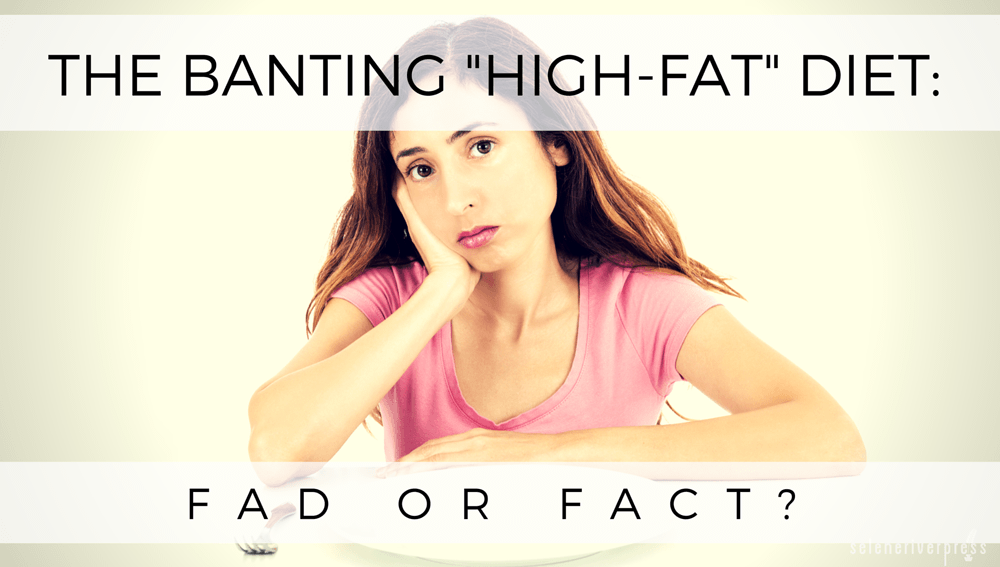
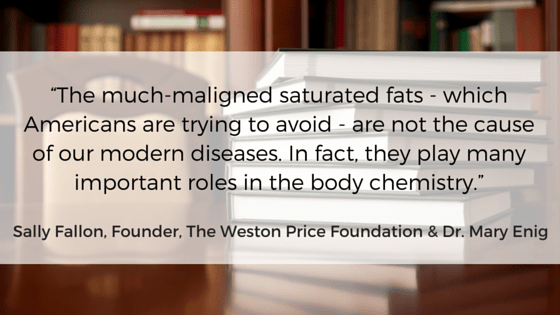
Well said, Dustin! I’ve been through many of the fad diets you mentioned. They were fashionable at the time and would help briefly, but nothing long term. It all comes down to balance. You last paragraph stated it perfectly: “Food should be enjoyable as well as nourishing. A moderate, balanced approach will not only take the stress out of eating, but it will also give you the opportunity to feel satisfied without bringing a calculator to the dinner table. Eat up. Keep it balanced. Enjoy.” And I am enjoying the balance and feeling better than ever!